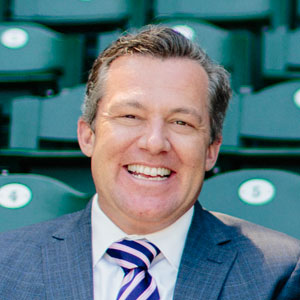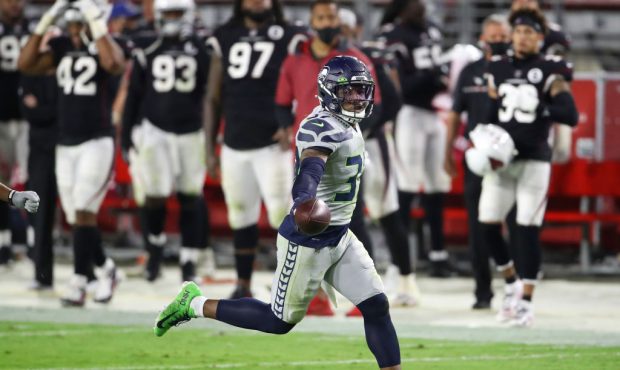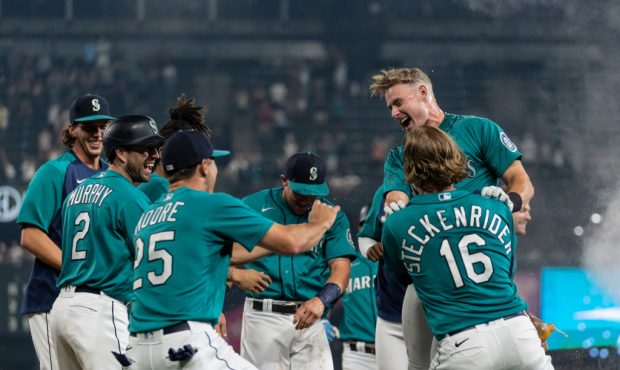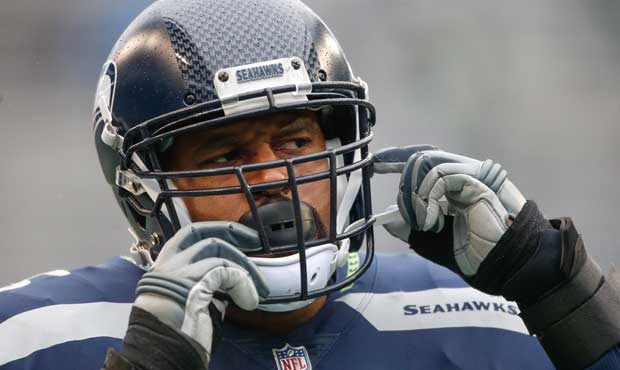O’Neil: Getting tougher to understand the Seahawks’ O-line shuffling
Aug 7, 2017, 6:30 AM | Updated: 10:09 am
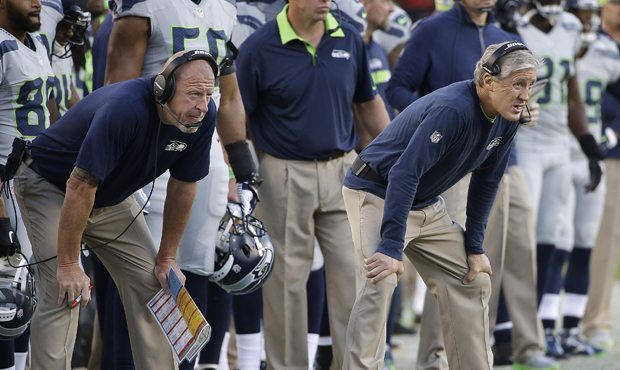
"Not good enough," O-line coach Tom Cable said of the group's performance Sunday. (AP)
(AP)
RENTON – This isn’t the story you want to read about Seattle’s offensive line.
It’s not the story I set out to write after Sunday’s practice, either, but as I sat in a folding chair in front of offensive line coach Tom Cable, one of his answers made something very clear to me: I don’t get what the Seahawks are doing with their offensive line.
The more cynical will wonder why it took me this long to realize that. The even more cynical might say the Seahawks don’t have any better idea about what they’re doing than I do.
But when Cable said the reason that 2016 first-round pick Germain Ifedi played right guard and not tackle as a rookie was because of the rest of the personnel on Seattle’s team, I realized that I can’t explain the rationale at work. I don’t understand why the Seahawks seem to think the best way to develop an offensive line is by juggling spots – and players– on a seemingly annual basis.
Germain Ifedi, Frank Clark still out following fight
That doesn’t mean the Seahawks are wrong. It doesn’t mean that what they’re doing won’t work this season, but I don’t get the thought process they’re using in trying to cultivate the position group that’s asked to do the heavy lifting on offense.
If Cable had said that it was easier for a college tackle like Ifedi to adjust to the NFL by playing guard as a rookie, I could get that. It would make you wonder why many other teams play rookies at tackle, but still, it would have been an explanation.
Or if the Seahawks had thought Ifedi had all the ingredients to be a Pro Bowl guard and it turns out he’s a more natural tackle, that would be understandable, too. It can take a position switch or even two to find the right position for a player. Look at Justin Britt. He started at right tackle in the Super Bowl as a rookie, transitioned to guard the next year before settling in at center last season, when he was named a Pro Bowl alternate.
But that’s not why Cable said Ifedi was at guard last season.
“That was more about who we had here on the football team,” Cable said.
There were two reasons that was jarring: First, Ifedi at right guard meant Mark Glowinski was at left guard in 2016. That’s significant because Glowinski had previously been a right guard both in his rookie season in Seattle and during his two years at West Virginia. In fact, Glowinski’s familiarity with playing on the right side was cited as one of the reasons it would be good to bring him back to right guard this season.
The second reason that was so surprising is because of the other guys who were here on the team. Of the four offensive tackles on the roster last season, one was cut midseason (J’Marcus Webb) and the two others were not re-signed in the offseason (Bradley Sowell is now in Chicago and Garry Gilliam is in San Francisco). The fourth tackle on last year’s team was George Fant, a converted basketball player who played fewer than a dozen snaps of offense in his one year of college football.
So in essence, Ifedi was moved to a position he was unfamiliar with and wouldn’t stay at, bumping Glowinski to a position he was unfamiliar with and wouldn’t stay at so … ummm … Gilliam and Sowell could split time at right tackle. It all adds up to a situation that’s really hard to understand unless the Seahawks and Cable feel there’s a benefit in uprooting players along the line, making them learn a new position and then changing things up again in the offseason.
And if there is a benefit to that, we’re still waiting to see it here in Seattle. In fact, after years of upheaval, maybe the position changes are hurting as much they’re helping.


